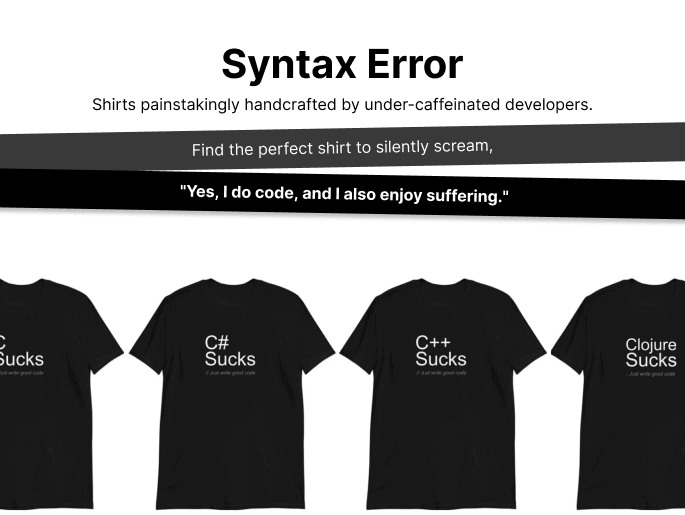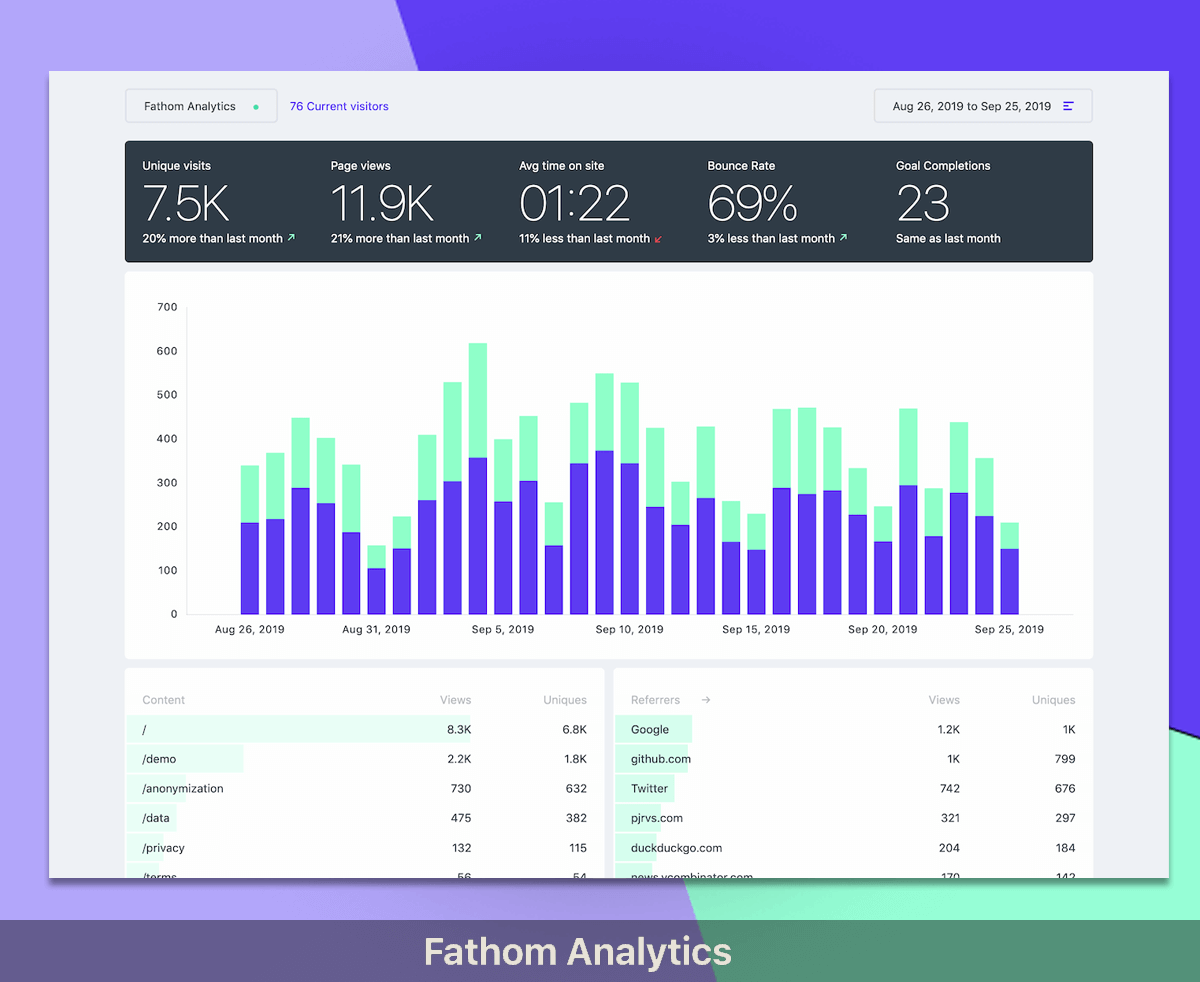Get the latest Laravel/PHP jobs, events and curated articles straight to your inbox, once a week
Source: ghostscypher.medium.com
Running Laravel Websockets in production — Setting up a dedicated websocketCategory: Laravel, javascript
This is a continuation of the ‘Running Laravel Websockets in production’ tutorial series. This tutorial is part of a 4 part series, as shown below.
In short, it’s like just downloading the Laravel websockets package and running it as a standalone application. In this approach, we will be connecting the client browser using echo JS specifically pusher to our websockets running on https://ws.example.com.
Please note we are running the websockets from localhost, this is by design in that we will proxy the requests from clients to the websockets running on localhost.
In short, it’s like just downloading the Laravel websockets package and running it as a standalone application. In this approach, we will be connecting the client browser using echo JS specifically pusher to our websockets running on https://ws.example.com.
Please note we are running the websockets from localhost, this is by design in that we will proxy the requests from clients to the websockets running on localhost.
Newsletter

Glimpse
Glimpse streamlines Laravel development by seamlessly deploying GitHub pull requests to preview environments with the help of Laravel Forge.
Laravel/PHP Careers





